
Intuitive eating: the principles of intuitive eating
Intuitive Eating: A Philosophy of Listening to Your Body
Intuitive eating, also known as mindful eating, is a dietary philosophy based on listening to your body. Many nutritionists worldwide agree that eating healthily and consciously, making daily choices based on what your body "asks" for, is the most appropriate way to nourish yourself. Let's delve into what intuitive eating means and how to approach this perspective.
Diet Culture VS Intuitive Eating: Two Paradigms in Contrast
In the Western world, from a young age, we are immersed in a social context that places great importance on physical appearance. In a setting of abundance and nearly unlimited availability of food, behaviors like self-control, not overeating, losing weight, and consuming only "good" foods (because they are light) are often considered positive. However, this is not always the case.
Unfortunately, this often contributes to eating disorders and, even in non-pathological situations, leads to a poor relationship with food and our bodies.
Intuitive eating counters the so-called "diet culture": you don't have to constantly count calories, follow a strict dietary regime, or assign moral value to what you eat. Salad isn't better than cookies; they are just different foods with distinct nutritional values and benefits for our health. Food should be seen as a wonderful source of energy that our body needs. Our bodies know what we need, and we must learn to listen to them to eat naturally and correctly.
For example, if you are deficient in magnesium, your body will naturally crave foods like almonds or cocoa, which contain a good amount of it. Our bodies are perfect machines driven by a primal intelligence focused on self-preservation, which we often fail to heed today.
Intuitive Eating: 10 Steps to Approach it Correctly
So, if our bodies know exactly what we need to feel good—both the daily food and natural supplementation needs, such as superfoods—how do we learn to listen to them?
Here are the 10 principles of intuitive eating:
Reject the Diet Mentality: The first step is to stop thinking in terms of restrictive or highly structured eating regimes.
Honor Your Hunger: Feeling hungry is a normal impulse, not something to be ashamed of. If you're thirsty, you drink; if you're sleepy, you sleep; if you're hungry... you eat! Simple, without value judgments.
Make Peace with Food: It's not always easy, but start by stopping assigning value to certain foods and criticizing others. Chocolate isn't guilty of anything, and lettuce isn't superior just because it's low in calories. Depriving yourself of a desired food for too long is the best way to end up bingeing on it later.
Challenge the Food Police: Don't let others' opinions influence you. If friends or family tease you about how much you eat, or if you've lost or gained weight, don't be discouraged! No one knows your motivations or has the right to tell you how much you should weigh or eat.
Respect Your Fullness: The sensation of fullness comes from the brain about 20 minutes after you start eating. Eating slowly, chewing, and savoring food helps you correctly perceive this feeling. And if you occasionally eat beyond fullness? It's okay; it happens!
Discover the Satisfaction Factor: Food isn't just fuel; it tastes good, is enjoyable, and smells pleasant. Eating well means choosing quality food, cooking it calmly, and enjoying every bite.
Honor Your Feelings Without Using Food: Understand your emotions. Some people lose their appetite when they're sad or angry, while others comfort themselves with food. There's no right or wrong; it's about becoming more aware of how emotions affect your eating habits.
Respect Your Body: Tall, short, robust, or petite, with a big nose, small feet, or prominent ears—it doesn't matter! Your body is the perfect vehicle that carries you through life and allows you to experience adventures. Treat it with respect.
Exercise—Feel the Difference: Physical activity is not a punishment or a way to burn calories. It's wellness, fun, an outlet, and a beautiful way to connect with others. Find the right activity, whether it's yoga, running, a walk, or a team sport, as long as it gives you satisfaction.
Honor Your Health—Gentle Nutrition: The last step is the result of all the previous ones: applying these principles leads you to make conscious and healthy choices spontaneously.
Intuitive Eating as a Remedy for Body and Mind
Following the principles of intuitive eating doesn't mean eating whatever you want whenever you want. Instead, it means eating what benefits you because you've understood what your body needs. It means having a clear perception of fullness and understanding whether you are truly hungry or managing negative emotions through food.
This approach is often an excellent recovery method for those who have suffered from eating disorders or undergone long periods of restrictive diets due to health issues. Living more consciously, even at the table, as the philosophy of mindfulness suggests, is undoubtedly a great way to manage stress and negativity better.
Further Reading:
Bicolored Bundt Cake
Preparation Time: ~60 minutes
Ingredients
300g All-purpose flour
200g Sugar
150g Butter
170g Milk
4 Eggs
1 Vanilla bean
1 pinch of salt
8g Baking powder
For the light batter: 50g Flour
For the dark batter: 10g Cocoa powder (NaturaleBio)
Preparation
Add the butter (in small pieces), sugar, and a pinch of salt to a bowl and mix with a whisk.
Add the vanilla seeds and mix.
Beat the eggs and then add them to the mixture, continuing to mix.
Sift together the flour and baking powder, then gradually add to the mixture, followed by the milk, mixing until smooth.
Divide the batter into two bowls (one with 700g and the other with the remaining 300g).
To the bowl with 700g of batter, add 50g of sifted flour. To the other bowl, add 30g of sifted cocoa powder and mix.
Pour the two mixtures alternately into a greased and floured bundt pan.
Bake in a preheated static oven at 170°C for about 50 minutes.
Remove from the oven, let cool, and serve.





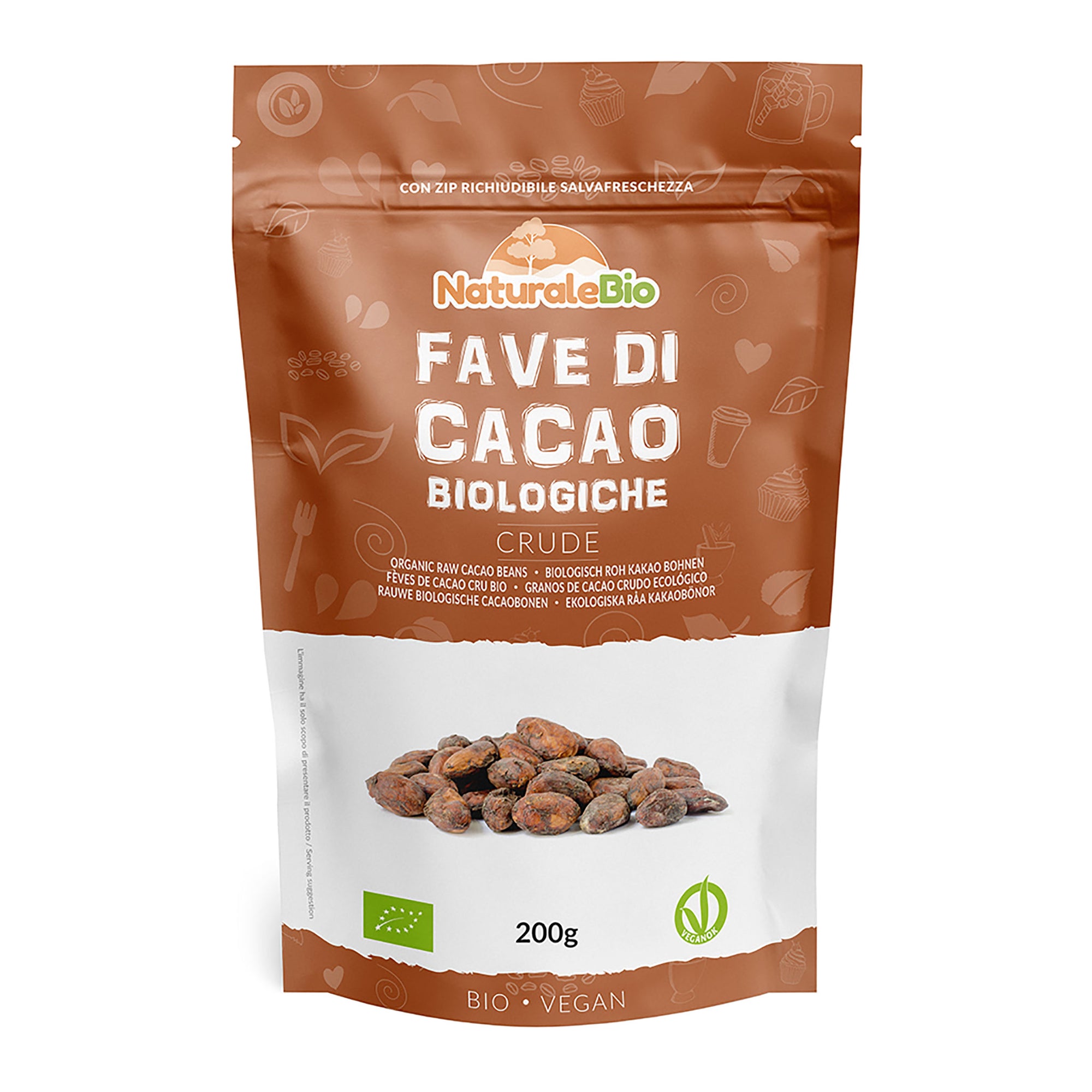
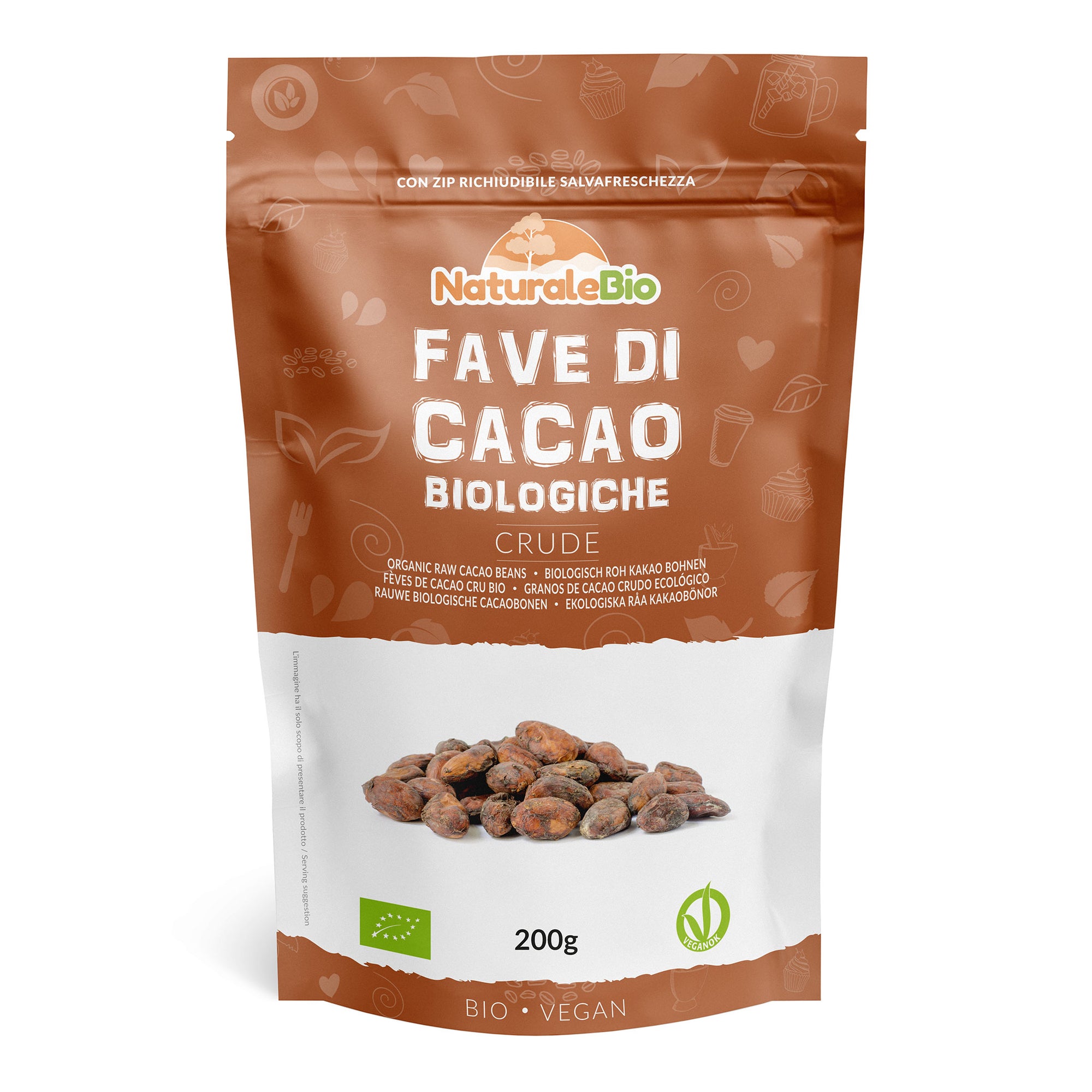
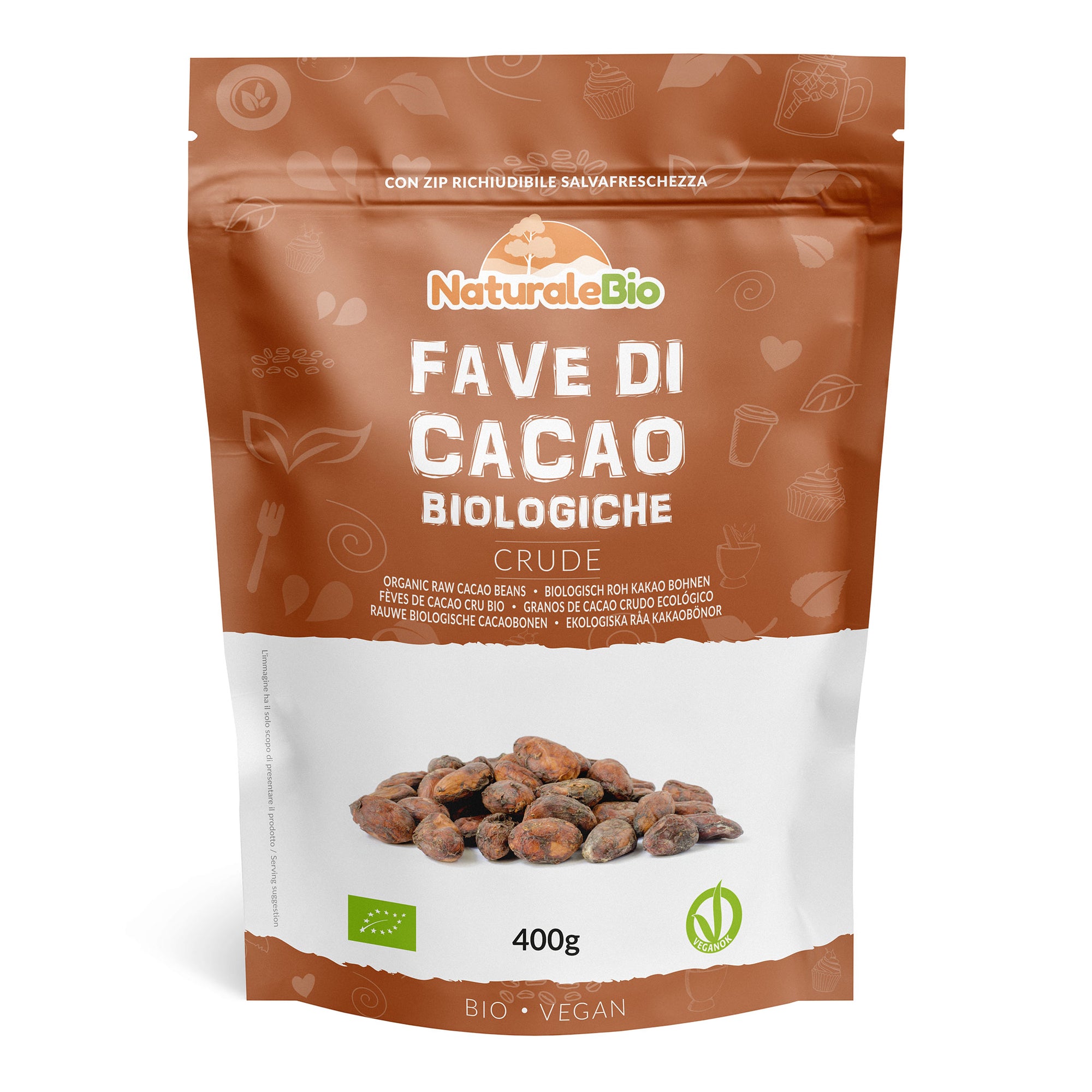
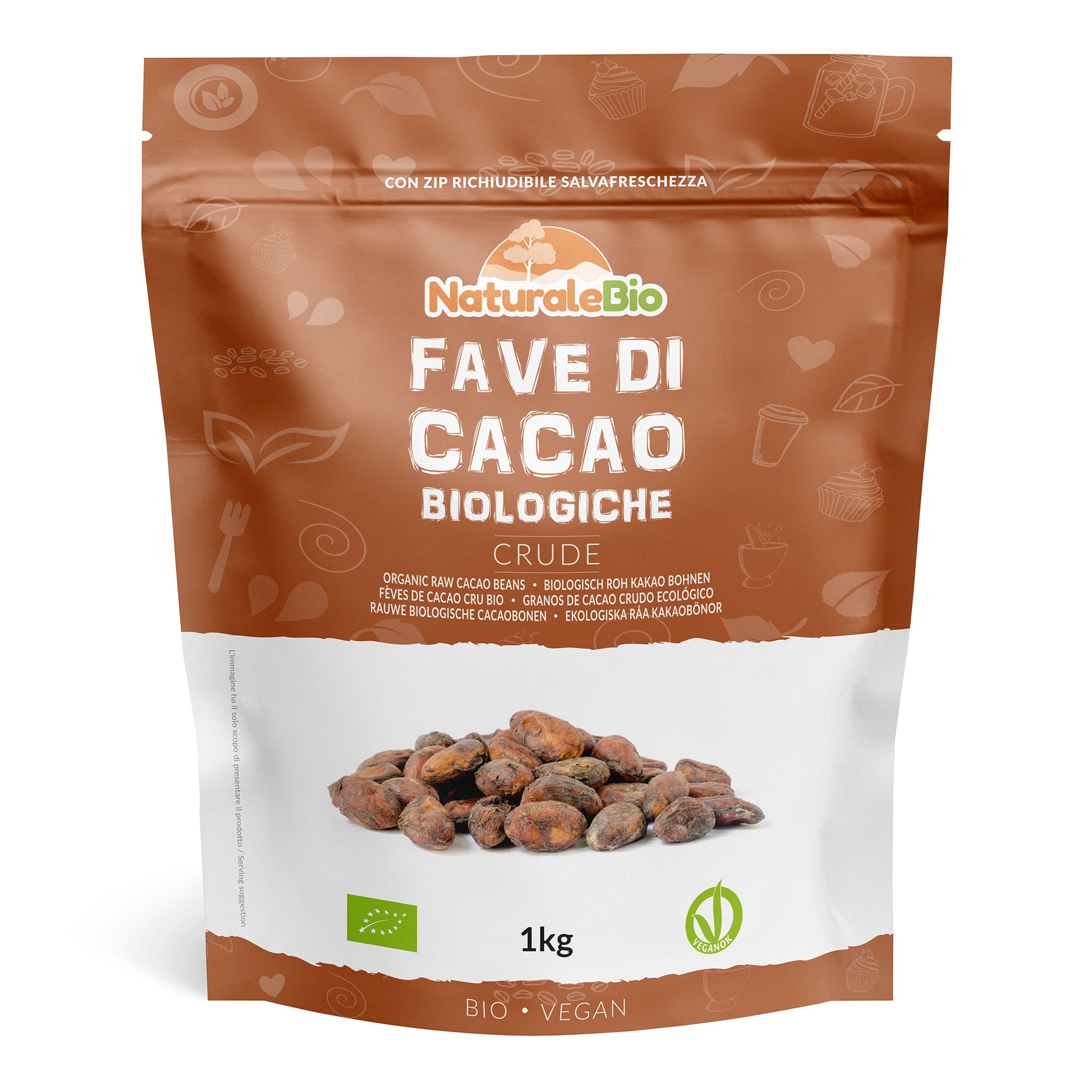
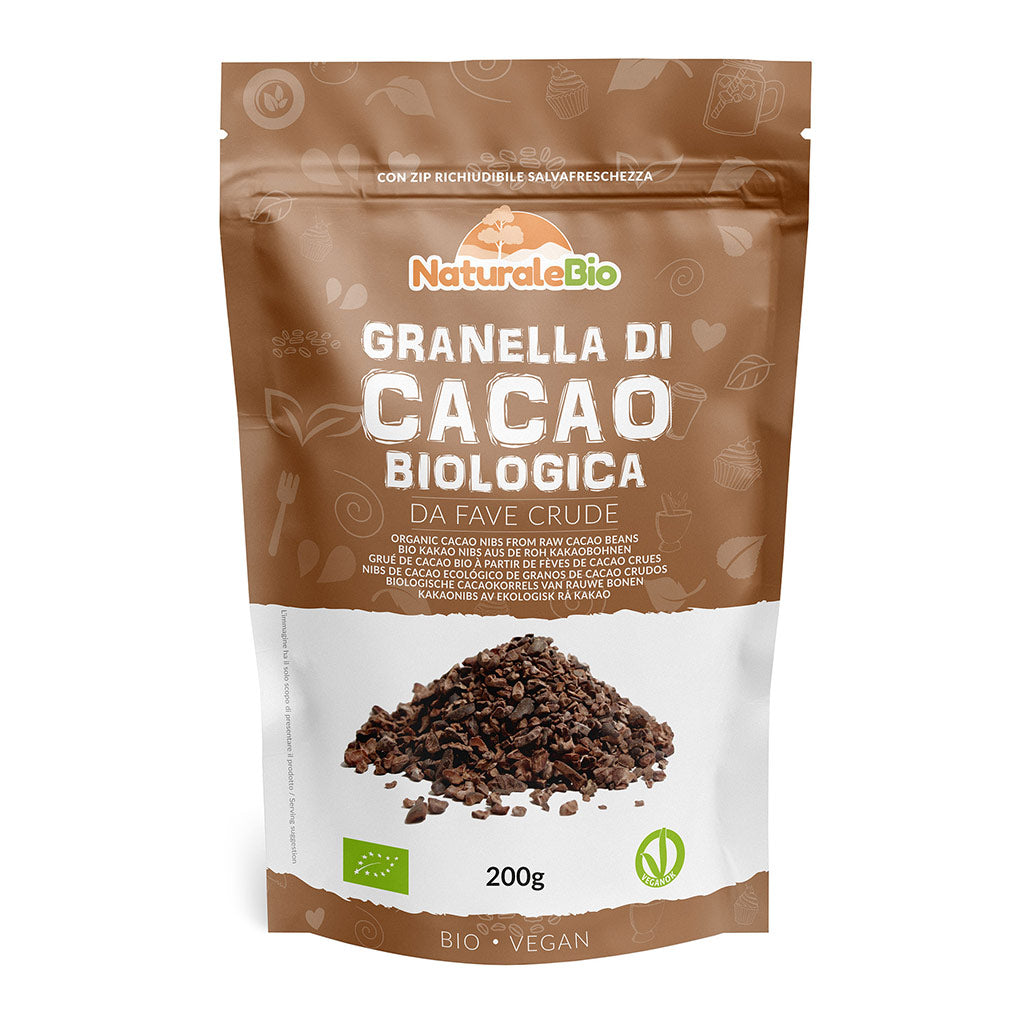
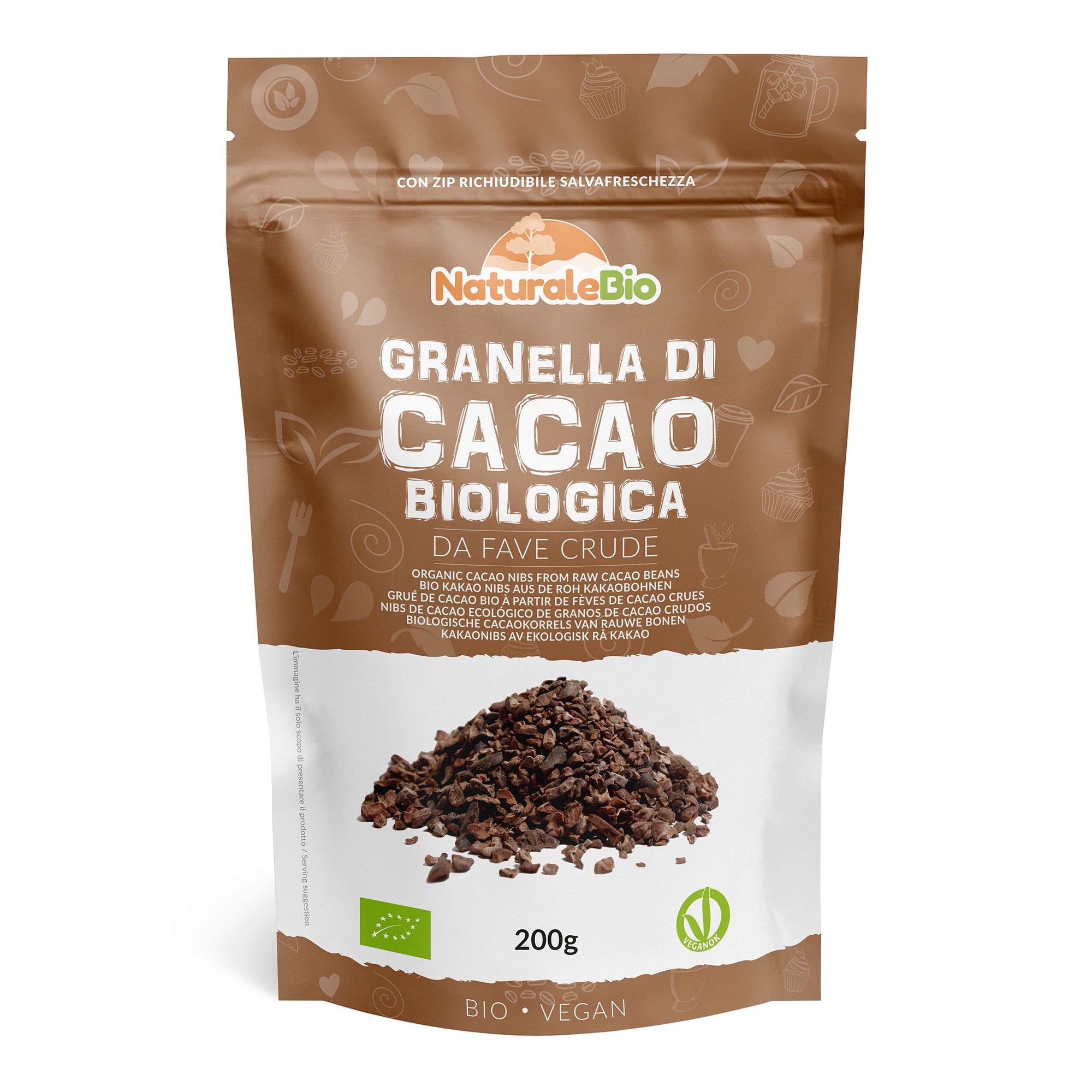
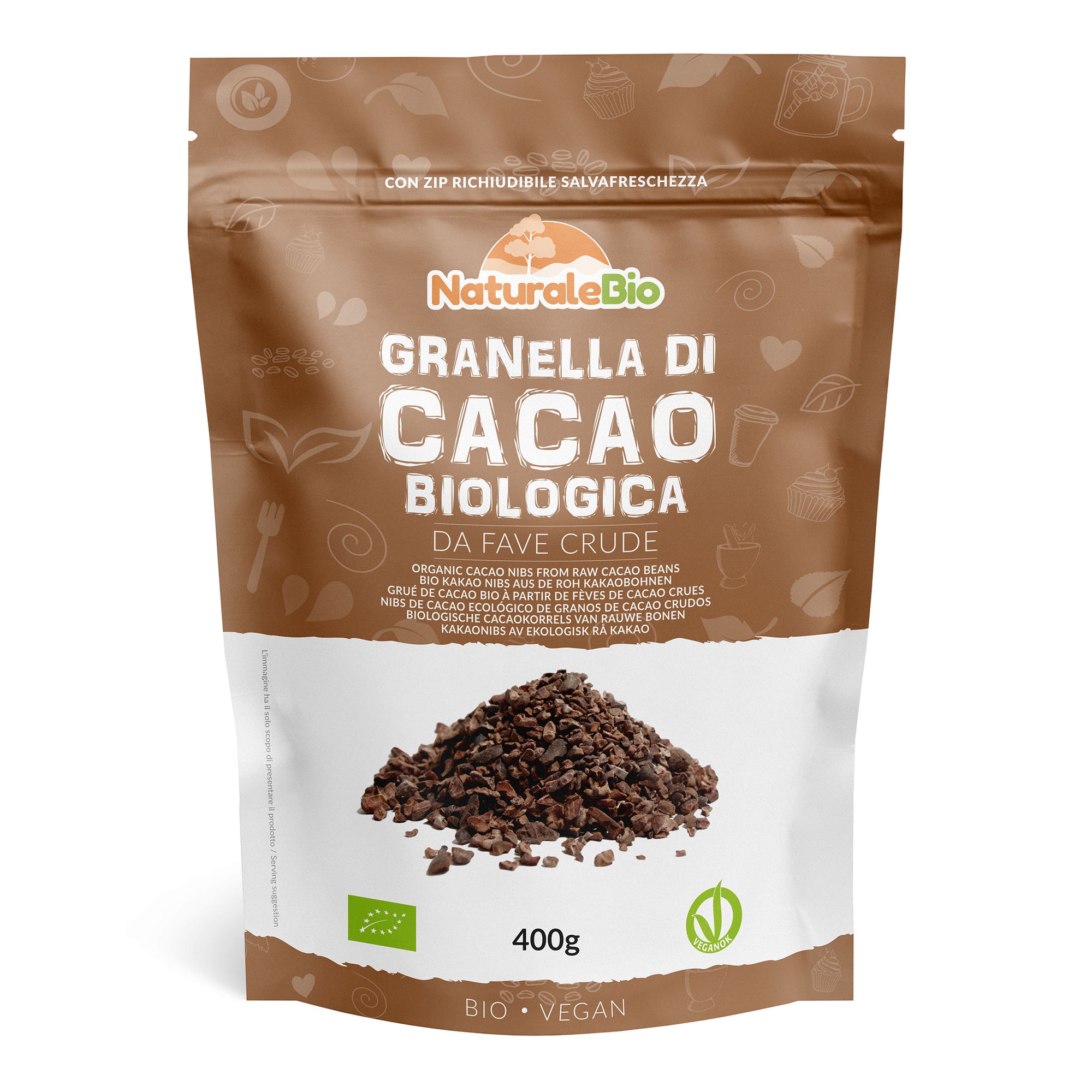
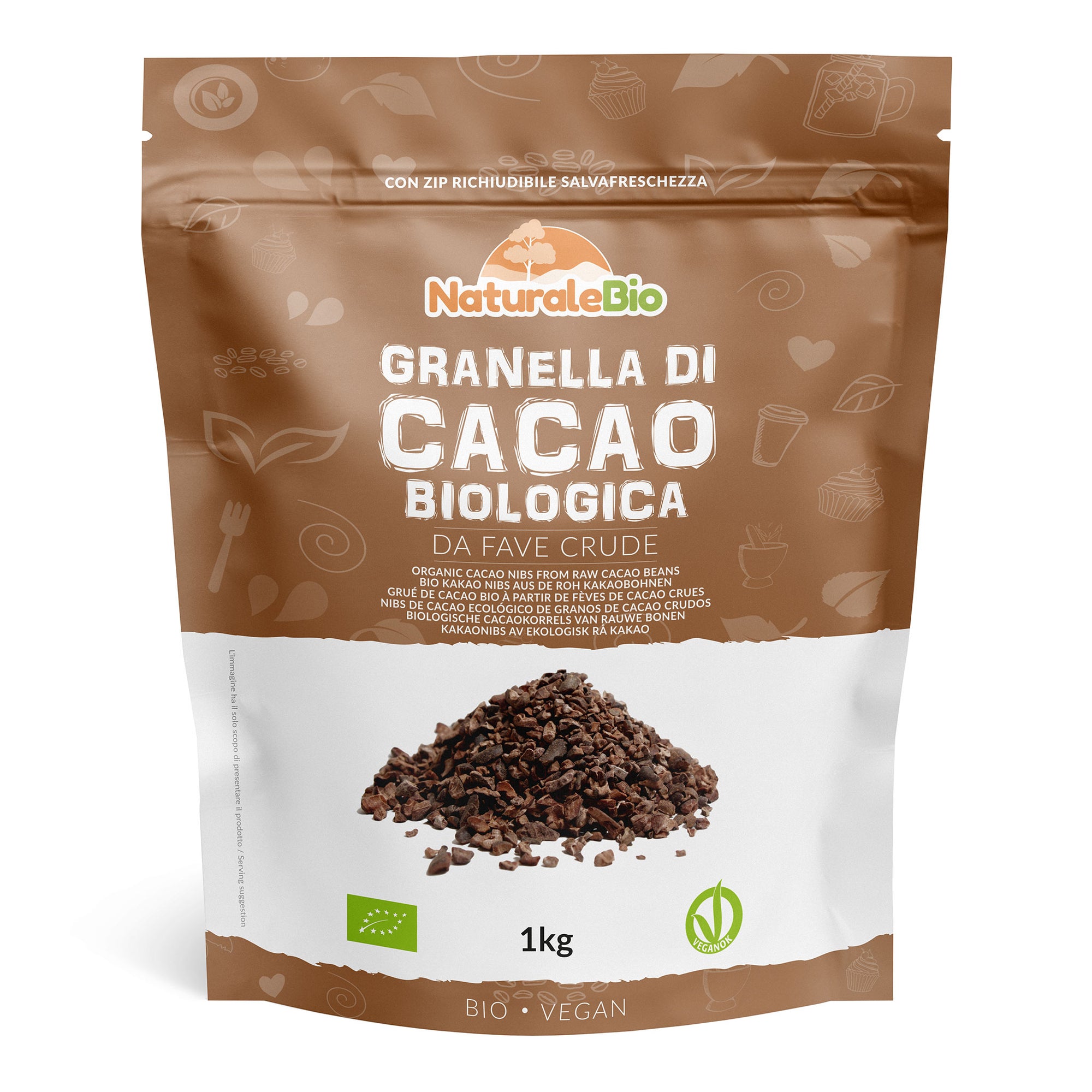
0 comments